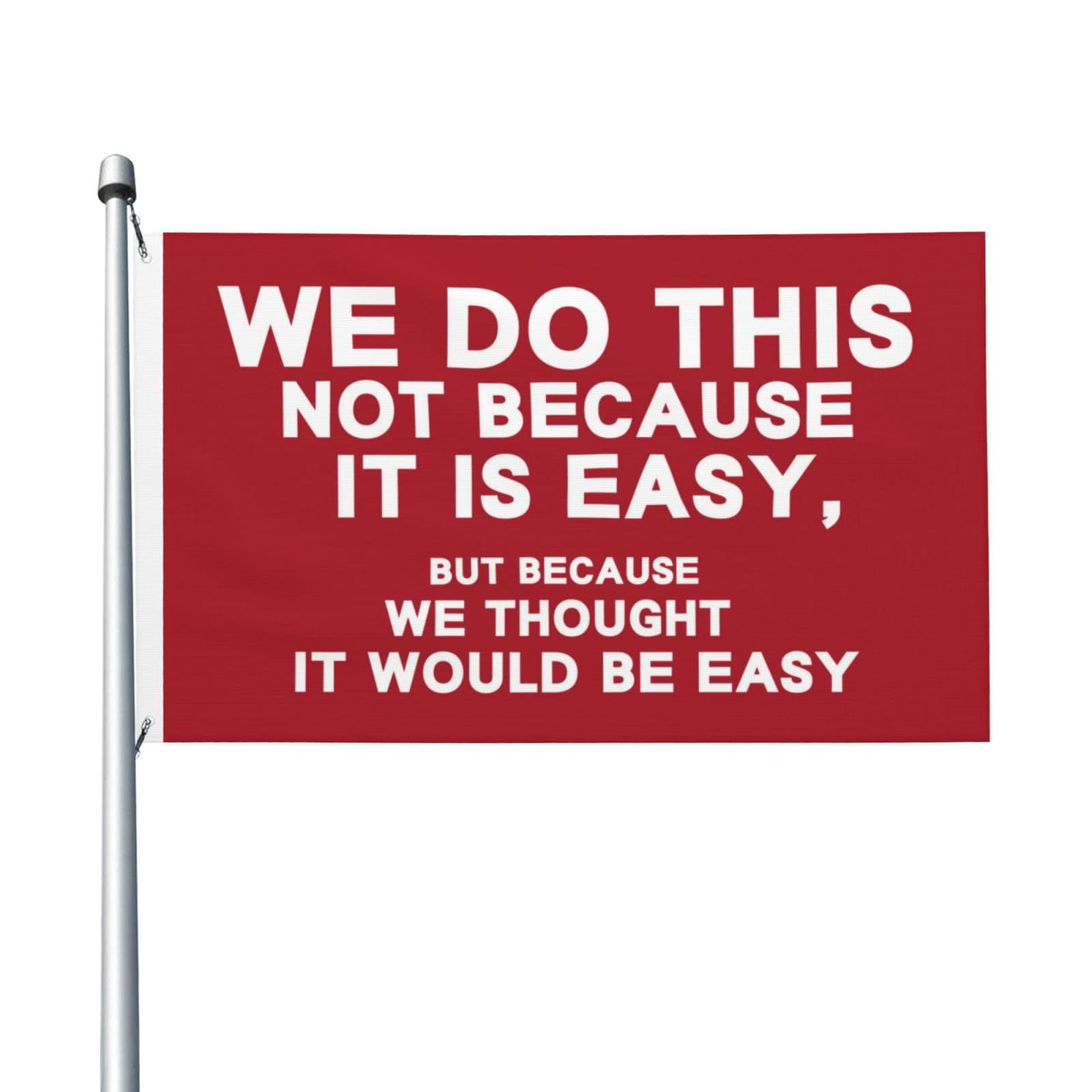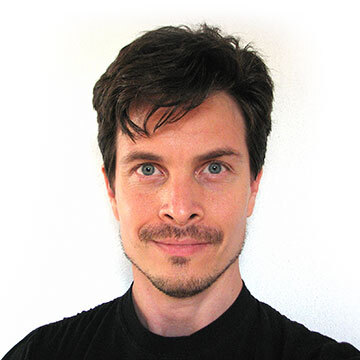Towards the end of 2021, when the world was starting to emerge from COVID, there was a large demand for software: we had learned –the hard way– that collaboration tools, remote communication, and healthcare technologies could dramatically increase our abilities to survive and even thrive in times of trouble.
For us, that meant growing our team to meet that increased demand. If you know anything about the software industry, I’m sure you’re well aware of how hard it is to find great talent. Increasingly hard.
And yet, we found it considerably easier than most of the companies in our space. Not only we don’t have a dedicated recruiting team –most of the time we don’t even do any outbound calls. Great engineers find us and approach us.
So, why and how does this happen?
Sowing the seeds
When we created Crystal 13 years ago, we did it because we wanted to have the expressivity of Ruby but the safety and speed of C++.
It was a technical project, with technical goals and a technical approach. We build the tools we need to build other things, and Crystal was precisely that: a tool we needed to build faster and more powerful software, with greater ease and speed.
But, like any complex system, what began as a programming language, generated unexpected and unpredictable outcomes and, as Crystal grew, a community started to form around it. Others began to see what we saw: this was a great tool to gain efficiency in the development process, but it also produced incredibly performant applications. Happier outcomes, but also a happier process.
This is something that most people overlook when outlining their strategies. The best way to reach your goals is to find ways to help others along the way, and it works even better when those others reap even greater benefits than you do.
Incoming talent
Back to our recruiting process, we hired 8 engineers in 2021, six of whom approached us, or accepted our offering, because of Crystal: Johannes, Julien, Mitch, Caspian, Quinton and myself. Of course, the list grows larger with all the people we couldn’t hire due to not having enough projects to catch'em all.
Crystal has a sort of magnetic power. Time and time again, we meet incredible engineers that we wouldn’t have been able to reach if it weren’t for Crystal’s pervasiveness: only because of this global reach, people from all over the world came to be a part of Manas and the Crystal Core Team.
What we mean by “great engineer”
Great developers are not only great from a technical point of view, but also great humans. On the technical side, great engineers are those who are not afraid of complex projects, or getting their hands into core dumps and large codebases; they can tackle highly demanding challenges like rewriting an entire new component of the runtime or bringing the compiler to new platforms.
We’re talking about passionate people who love to hack stuff, who are up-to-date with the latest advances in programming, and read stories about furious dragons1 before going to bed.
The human aspect is as important as the technical one, if not more. After all, these are the people we spend our days with. This is a type of person who won’t think twice about deep-diving into a project if there is a chance they might fix it —or improve it with new functionality. Not the kind of person who waits for others to give instructions if they see a chance to contribute, and definitely not the type of person who secretly waits for someone else to do the thing.
While it may sound like hunting for mythical creatures, time and time again we’ve worked with these people. We have learned that, if we put ourselves out there and outline good projects, these people will show up and wholeheartedly care for open source projects, to which they will provide their knowledge and time.
What does this mean to you?
We are not here to advise that you build your own programming language to get good developers. After all, almost every language creator recognizes: “I did it because I didn’t know how much work it was going to take!”.

The point is that we shouldn’t think of this as a recruiting problem, an engineering problem, or even a business problem. This is a human problem. Engineers are human, clients are human, end users are human, and yes, you too are human. It would be so much more productive to approach these problems as ecosystems of individual motivation: to try and understand the motivators that each person can find in contributing to projects. And, especially, contributing to the ultimate goal of these projects.
In our small scale experiment, the Crystal project set out to challenge a preconceived notion: that a programming language could either be pleasant to code in, or performant, but never the two. The idea was to find a language that was very programmer-friendly, and try to compile it to see if we could make it super fast. Simple to understand, not at all easy to accomplish. This was enough to start a movement.
More than a decade later, the Crystal project is much more than a project, with several people working full time on it, a large globally distributed community pushing its envelope day to day, and more and more companies trusting it to build their core businesses on this language. All of that work, sustained over all those years, and with a little bit of luck here and there, also created an unparalleled opportunity for Manas to build strong relationships with top tier engineers.
Whenever a client remarks on our team’s outstanding capabilities, we do the smile and nod, knowing it wasn’t easy, but it was definitely worth it.
In collaboration with Martin Pettinati.
